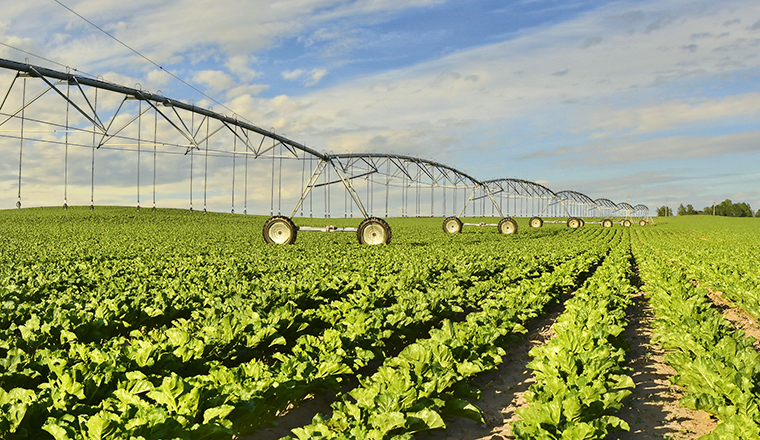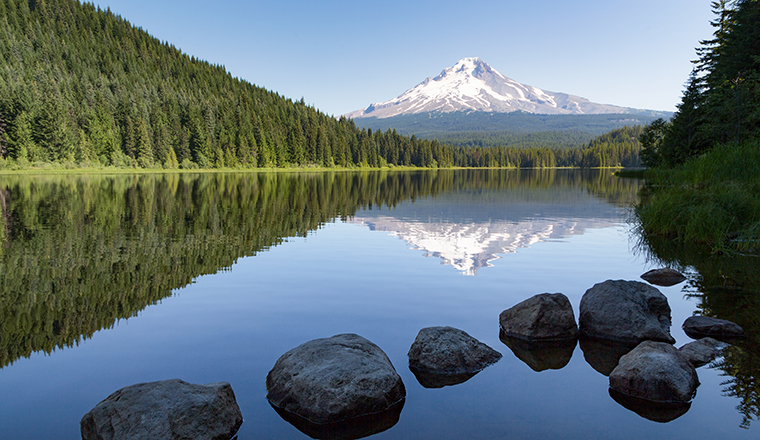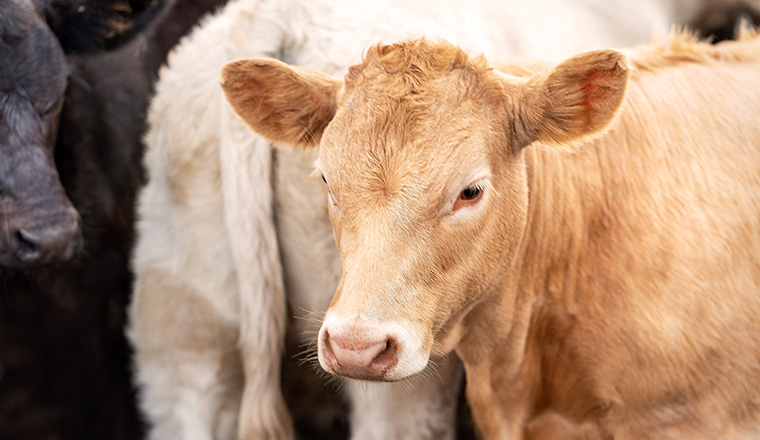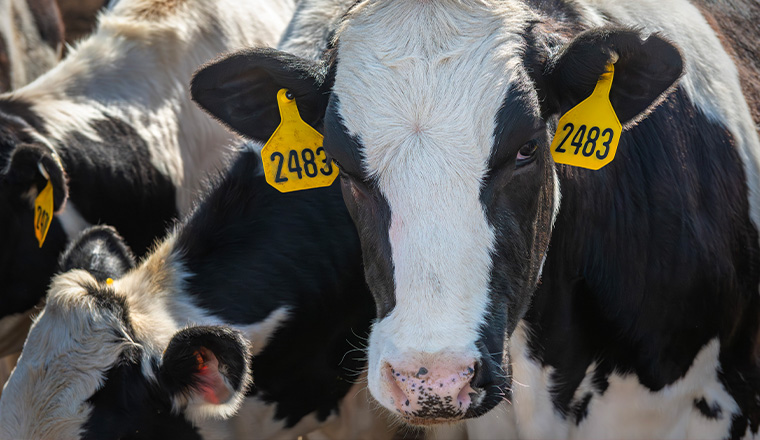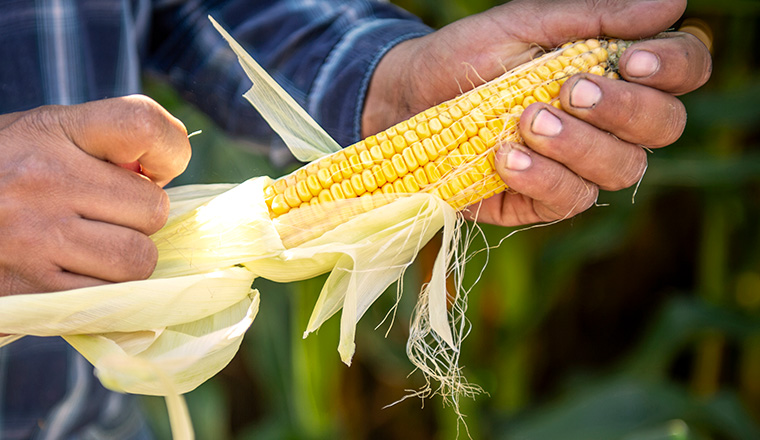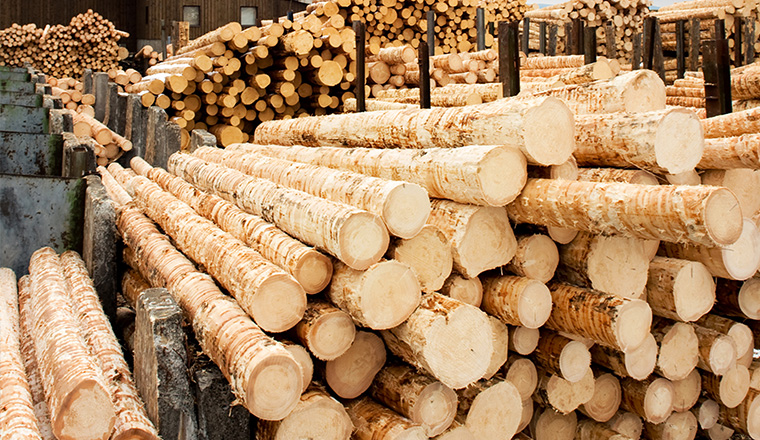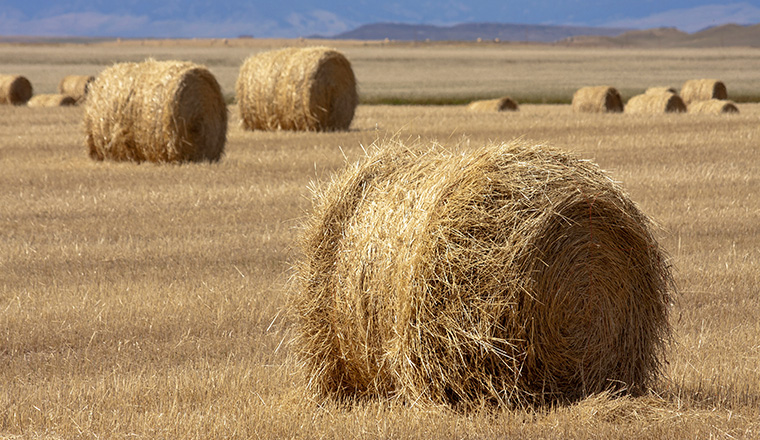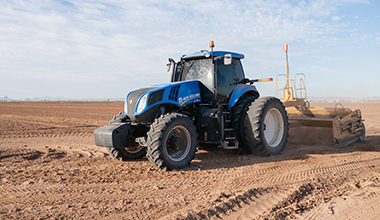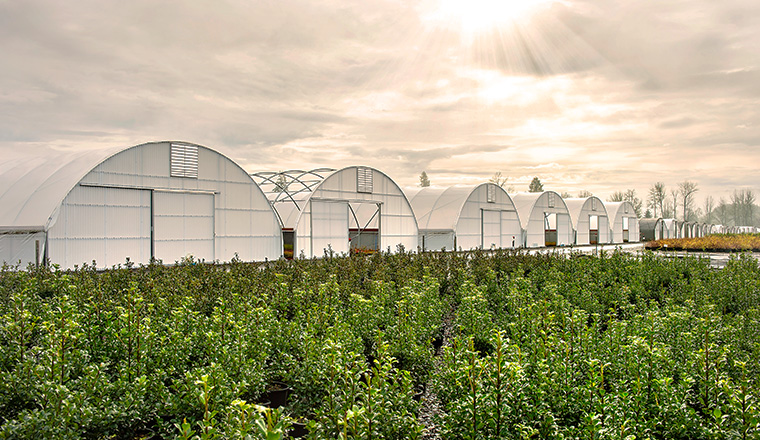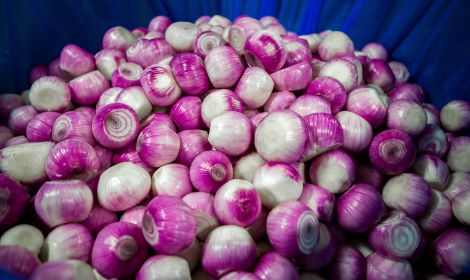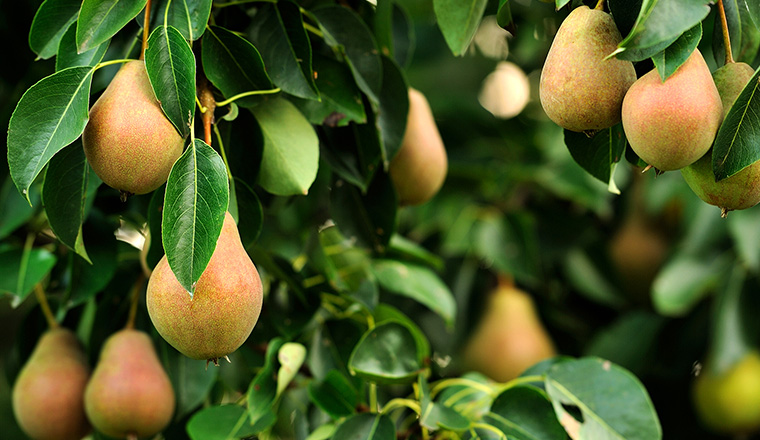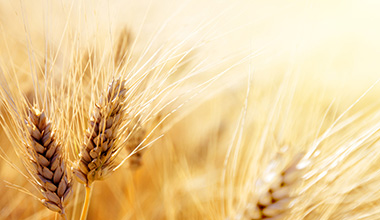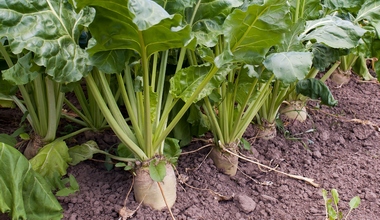Industry Insights

Industry Insights
The Global Economic Shuffle
This is being accelerated by the ongoing war in Europe, geopolitics in the U.S. and abroad, shifts in consumer and societal preferences, weather and supply chain issues. In conferences and seminars, participants often seek insight into trends occurring globally. In a recent conference, a question focused on India, the future of China and their impact on other powerful economies in the world.
What about India?
Many are wondering what India’s role will be in the global economic spectrum of the power players. India has surpassed China as the globe’s most populous nation. India has already overtaken Great Britain as the fifth-largest economy in the world. Some forecasters indicate that India could be the third-largest economy in the world, surpassing Germany and Japan by the end of the decade. Demographics are favorable with the median age in India at 29 years old compared to 39 years old in China.
However, India has some challenges on the horizon. Approximately three-fourths of its adult population is literate and one-half of the population are subsistence farmers. One-third of the citizens live in cities, and only 23% of the workforce is female. According to the Wall Street Journal, the GDP per capita is $2,280 per year, which curtails discretionary spending on technology and service-based goods for households.
What is the future of China?
China's population recently declined for the first time since 1961. The median age of China’s population is 39 and their GDP per capita is $12,732 annually. Approximately 60%of the Chinese workforce is female, which is similar to the United States. Two-thirds of the Chinese workforce live in cities, while 25% of the population live on small subsistence family farms. China’s challenge is the 4-2-1 demographic issue, which means there are four grandparents, two parents and one child to financially care for and support their family.
The Chinese citizens have saved $2.4 trillion during the three-year pandemic lockdown. Much of China's short-term success will be centered on whether or not these individuals spend their savings, and what they spend it on. Currently, many citizens are utilizing these funds to prepay their home mortgages because of economic uncertainty. These mortgages amount to $6 trillion and are on variable interest rates. This is stifling the consumer spending component of the economy which is between 35% to 40% of China’s GDP. Economic trade, currency, and military strategies through China’s Belt and Road Initiative, which has invested $1 trillion dollars in 68 countries since 2013, will greatly impact the global paradigm shifts.
Both India and China will play an integral role in agriculture exports and, to some extent, import strategies. The rise of Asia, both economically and from a geopolitical and military standpoint, needs to be incorporated into any agriculturalists’ strategic plan.

